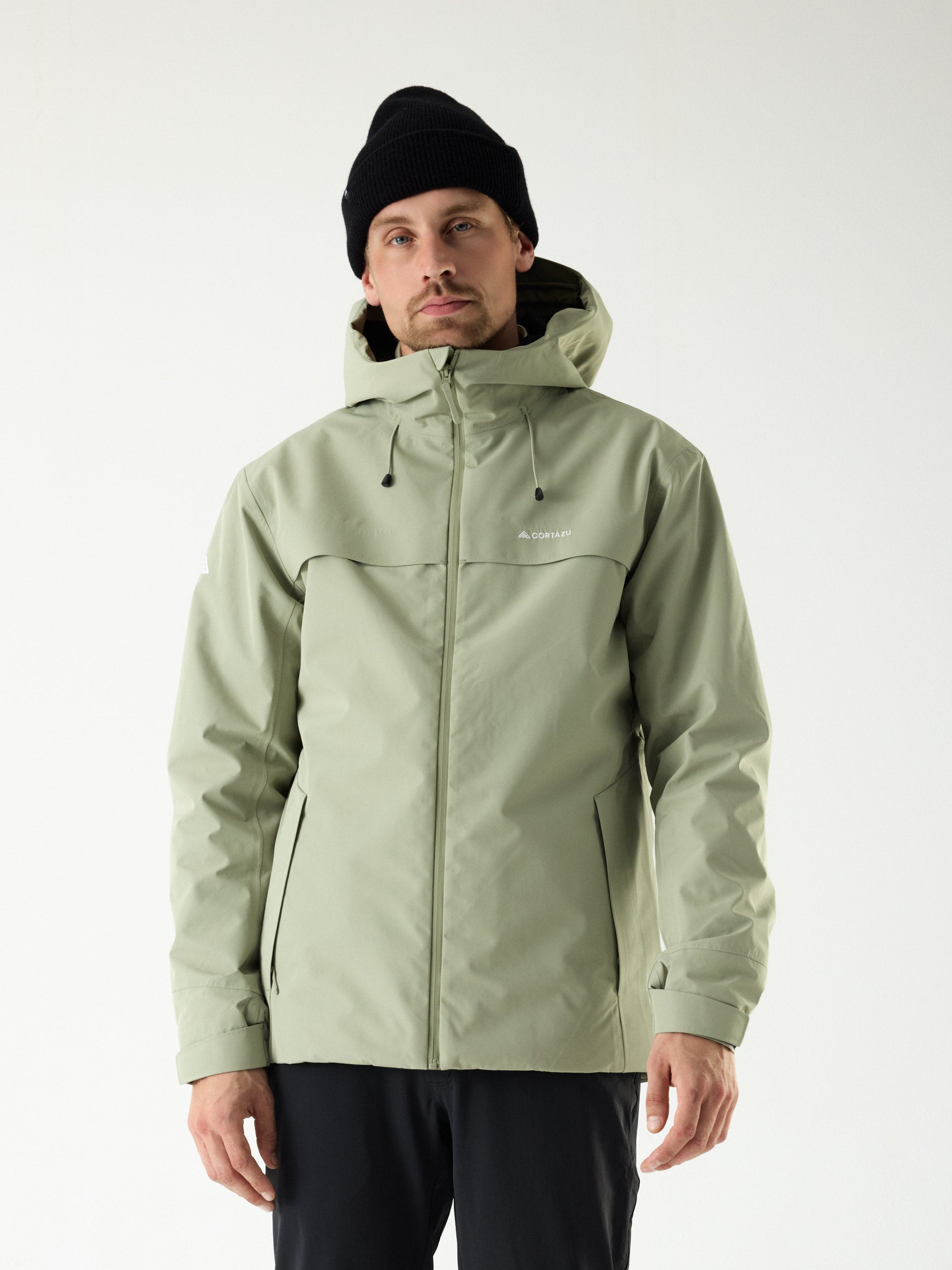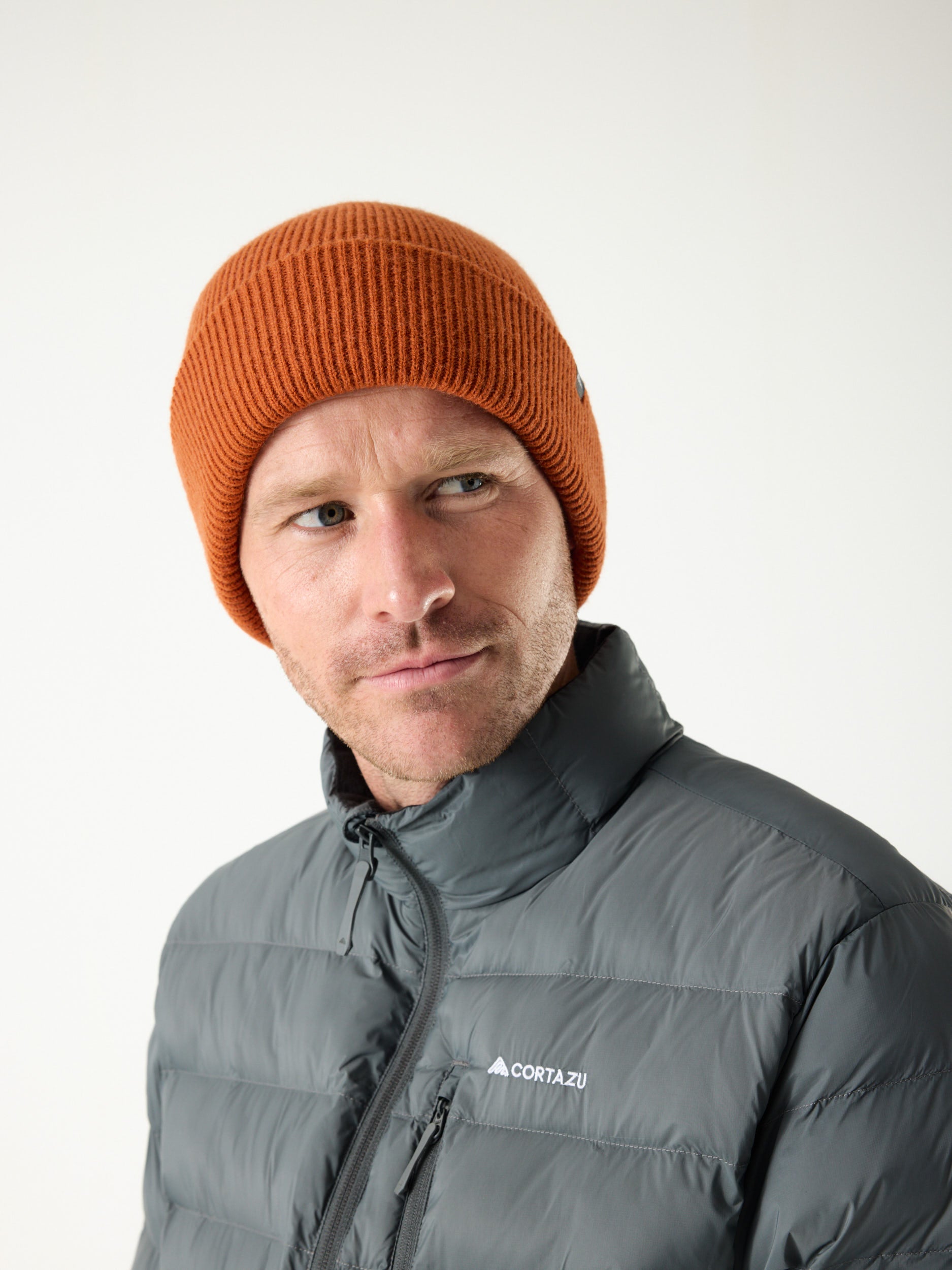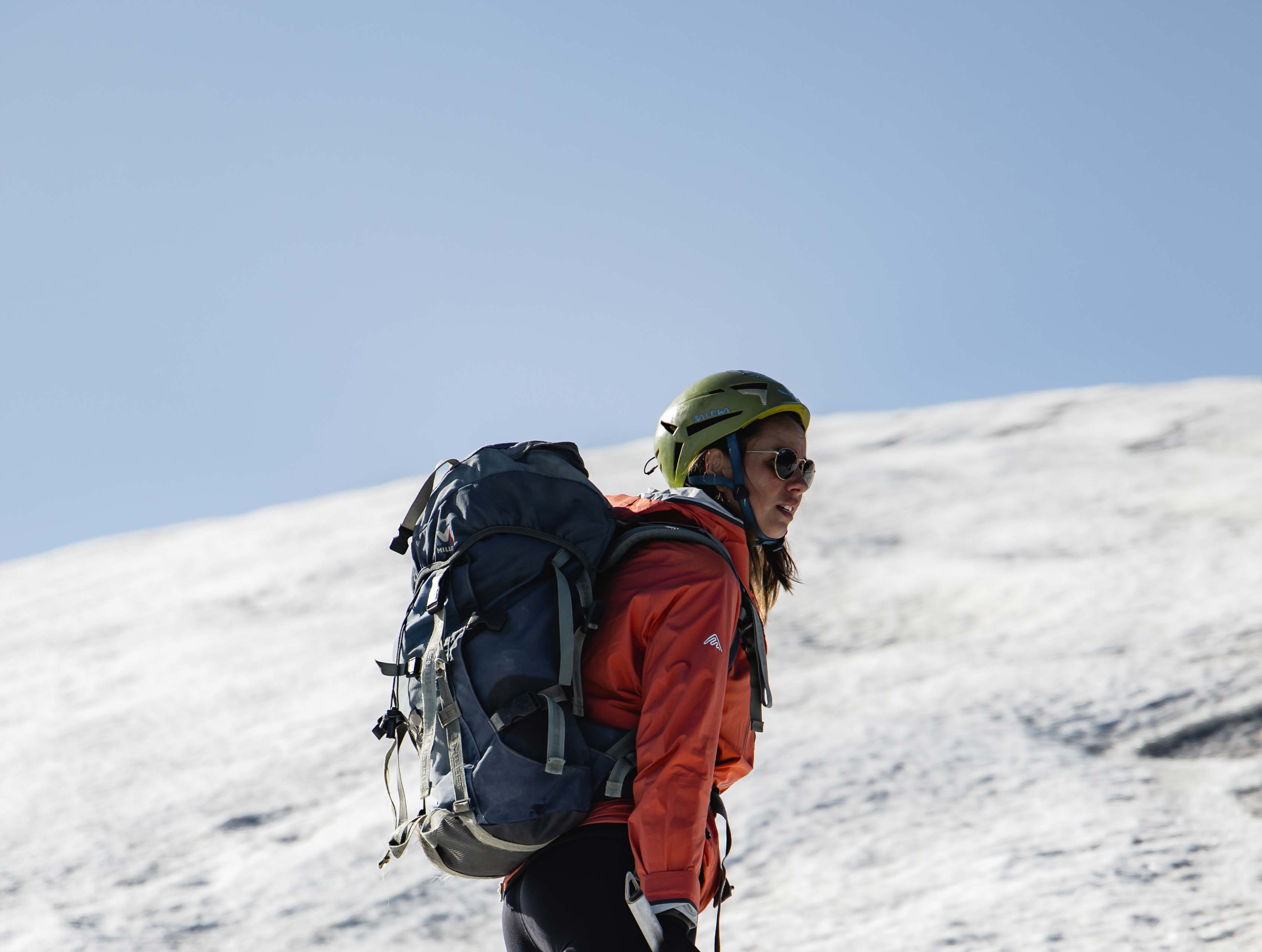How do you start with mountain climbing? It can seem very intimidating and an unforgiving job when going into the mountains, especially for the first time. To get you started, the mountains in this list can all be summited by beginners but going with an experienced guide is highly recommended to guarantee your safety and your positive experience.
What is mountain climbing?
There are two main subcategories within the mountain-climbing culture. These include rock climbing and mountaineering. Firstly, rock climbing includes the act of ascending a vertical rock/mountain face. Rock climbing comes in several forms: from aid climbing, and free climbing, to bouldering and free soloing. For beginners, aid climbing is the best rock climbing option to go for, as you’re secured with ropes and extra safety measures to circumvent possible mishaps. You’ve might have heard of Alex Honnold, the famous free soloing climber. This shows the indication of the skill level you require for free climbing, bouldering and free soloing.
Secondly, you have mountaineering. This is the act of truly ascending a full-on mountain. This involves multifaceted tasks, as a mountain’s terrain always differs and presents different obstacles once you go up. Dependent on the terrain and weather conditions, you’ll be either doing some sort of scrambling, mixed climbing or alpine climbing. When the weather conditions don’t include any ice or snow, you’ll be scrambling. Otherwise, with snowy or mixed conditions you’ll be alpine climbing or mixed climbing respectively.

Equipment and items you’ll need
Depending on the weather conditions, the mountain and if you’re going with a guide the items you’ll need to ascend and descend a mountain will vary. Some key parts of your checklist, however, should include the following regardless of the weather or mountain conditions (being an ultra-light backpacking set-up):
- Water bottle + water purifying system.
- Wallet with an identification card and bank cards.
- Hiking/snowproof boots for comfortability and comfortableness.
- Camping equipment, as any ascend will take multiple days.
- Hiking clothes, that are sturdy and will keep you warm if needed.
- Cooking setup.
- Camera to get pictures of your unforgettable experience.
Mountain adventures, especially in unpredictable weather conditions, is a reliable jacket. For this purpose, consider investing in a mountain hard shell jacket. These jackets are essential for providing protection against harsh weather while maintaining comfort and mobility, making them a must-have for any mountain climber, whether beginner or experienced.

How to choose your first mountain
Obviously, the size of the mountain is what matters most when considering your first summit. In addition, the overall steepness and indication of difficulty are factors to consider. The more steep and technically difficult the mountain is, the more gear you also need to bring. Therefore, you should consider a mountain that also suits your personal needs in regard to the above-mentioned factors.
Beginner’s mountains shortlist
Most of the time, you’ll either go with a group, or a guide or go hiking with your dog even. You should consider these social aspects as well to create an adventure that's fun for everyone. We’ve put together a quick list of some mountains from every continent that any beginner can conquer.
North-America
- Mount Mansfield, Vermont (1,340 m)
- Guadalupe Peak, Texas (2, 667 m)
South-America
- Torres del Paine, Chile (870 m)
- Fitz Roy, Argentina (2,900 m)
Europe
- Tryfan, Wales (918 m)
- Ben Nevis, Scotland (1,345 m)*
*One of the best places for hiking in the UK.
Africa
- Mount Kilimanjaro, Tanzania (6000 m)*
- Mount Kenya, Kenya (4885 m)*
*Seems out of reach, but you won’t need any excessive hiking gear and experienced guides are widely available and the mountain ain’t very steep.
Asia
- Mount Huashan, China (2,155 m)
- Mount Apo, Philippines (3,146 m)
Oceania
- Mount Kosciuszko, Australia (2,228 m)
- Pirongia Mountain, New Zealand (959 m)
Research the mountain and the area
When you’ve chosen the mountain you’ll want to take on, doing some research on the local area (e.g. the culture, food and weather forecast) and the summiting route is a must-do. This will help to know how many days you will be up in the mountains, what gear you’ll need and the general route.

Final checklist before you go
To round off, we want to share some final thoughts before you head out. It’s important to check the best way to travel to your to-be-climbed mountain, and what the general weather expectations are going to be. Get all your needed gear together, like do you need an extra shell jacket because of the cold, or is a mid-layer enough? In regards to general safety, check out our mountain survival tips for extra information on how to stay safe during your expedition. And most of all, plan your trip so that you’ll have the most fun, it shouldn’t be a race to the summit but rather an enjoyable experience you want to do over and over again.













